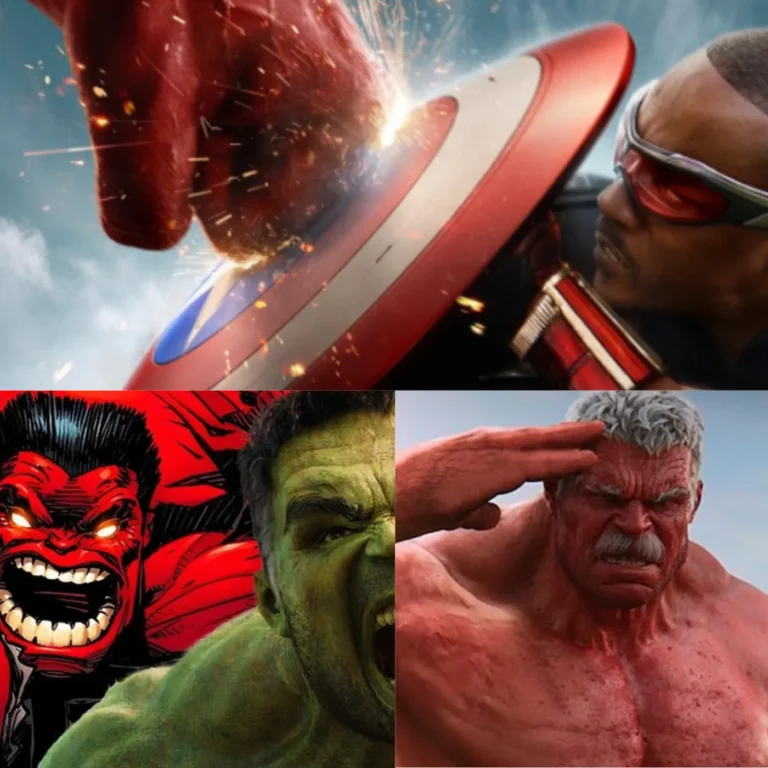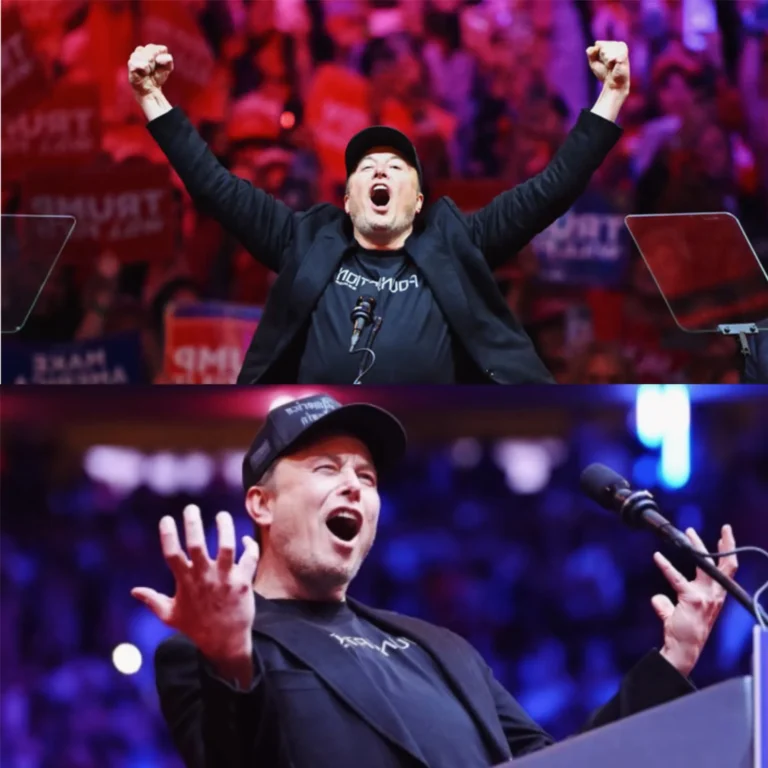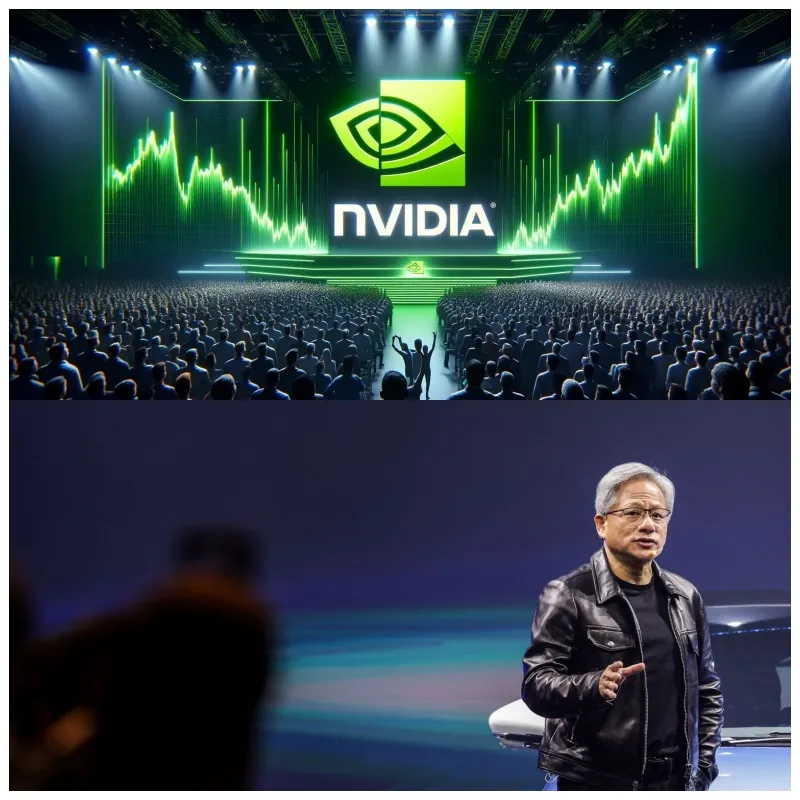
Over the past 30 years, Nvidia has faced numerous challenges, nearly collapsing three times, with those moments forever etched in CEO Jensen Huang’s memory, just like the company’s logo tattooed on his arm.
“From 1993 to 1997, we almost went bankrupt three times,” said Mark Stevens, one of Nvidia’s earliest investors. “Jensen used to say we were 30 days away from going out of business,” Stevens shared with Forbes.
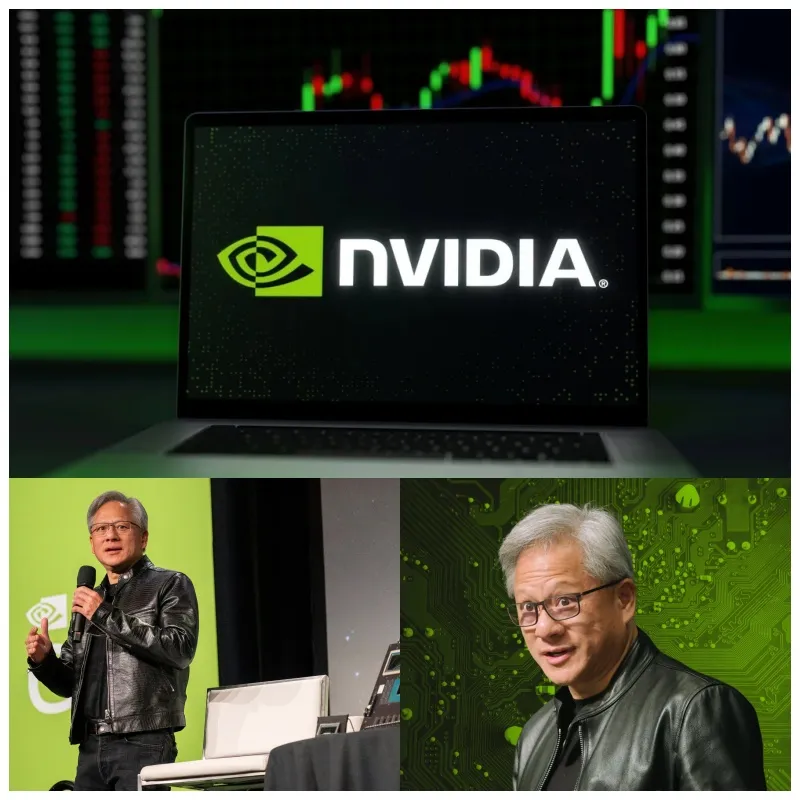
Nvidia hit its peak on June 18, 2024, when its market capitalization reached an astonishing $3.34 trillion, becoming the most valuable company globally. Remarkably, Nvidia climbed from $2 trillion to $3 trillion in just 96 days—far faster than Microsoft and Apple, which took 945 and 1,044 days, respectively.
However, Nvidia’s meteoric rise truly began in January 2023, when the global AI boom erupted. Before this, the company had periods of stagnation and near-collapse. Nvidia’s story begins in April 1993, when Huang, along with Chris Malachowsky and Curtis Priem, founded the company with just $40,000—the equivalent of today’s H100 GPU price. The trio hashed out their startup plan at a Denny’s in San Jose, unnoticed by everyone except the waiter. When Huang mentioned making graphics cards for games, even his mother suggested he find a more “decent” job.
Their search for investors led them to Mark Stevens from Sequoia Capital, which invested $1 million in Nvidia, valuing the startup at $7 million. Stevens, captivated by the vision, joined the company’s board. Another key figure, Brooke Seawell, was persuaded to join in 1997, despite Nvidia being in a highly competitive graphics chip market and Huang lacking executive experience.
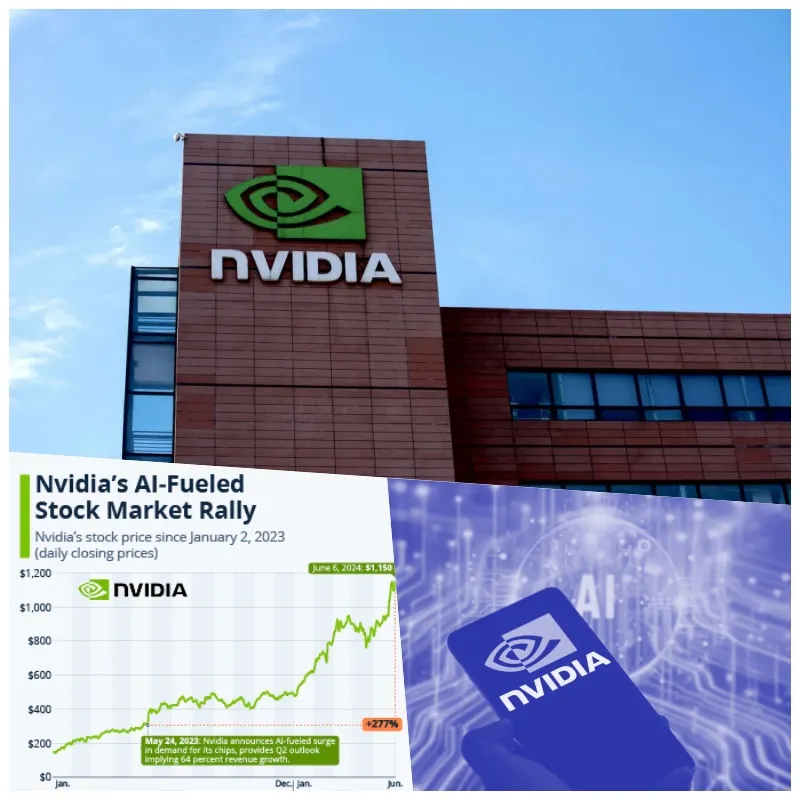
Nvidia’s first product, released in 1995, was a disaster, leading to massive layoffs and leaving the company teetering on the edge of bankruptcy. Huang took a massive risk, betting everything on the 1997 chip. However, midway through development, he and his team realized the architecture was flawed. They reverse-engineered a solution, focusing on software development, which ultimately saved the company. This crucial pivot revived Nvidia and set it on a path to success.
By 1999, Nvidia went public, entering over a decade of hardship, narrowly surviving two additional near-bankruptcies during the dot-com bubble and the 2008 financial crisis. The company’s market capitalization remained under $10 billion until 2014. It surged to $800 billion in 2021 but fell again.
Nvidia announced the H100 GPU in early 2022, touted as the most powerful chip ever, but the timing seemed wrong. Tech companies were cutting costs, and the H100 garnered little attention. That changed in November 2022 when ChatGPT launched, and the world’s demand for AI skyrocketed. Nvidia’s H100 chip became essential for building data centers to train AI models, driving the company into the trillion-dollar club alongside Apple, Microsoft, Google, and Amazon.
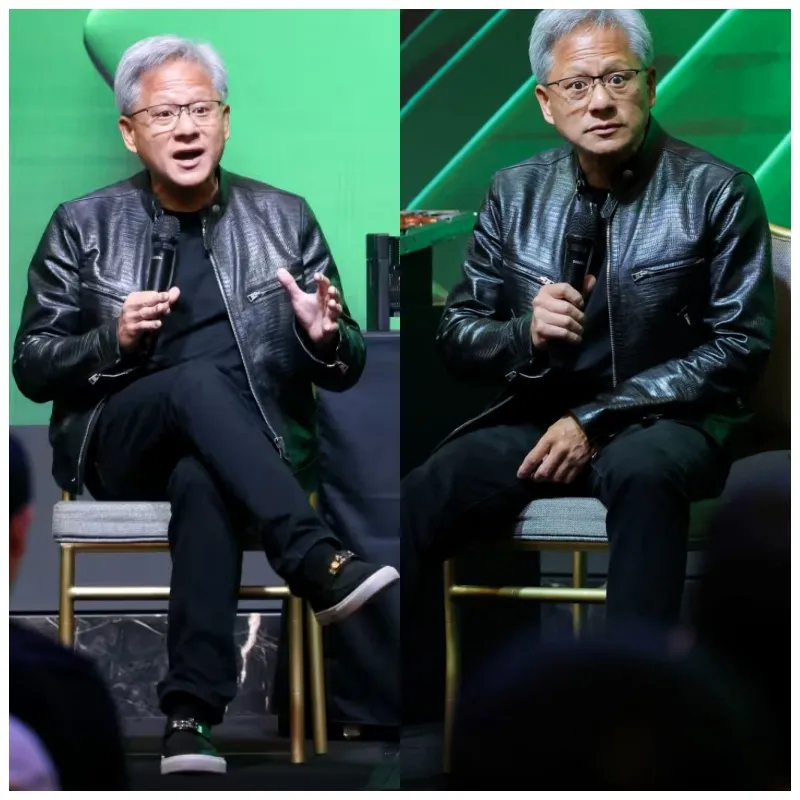
Reflecting on his journey, Huang admitted that if he had known how difficult it would be, he might not have started Nvidia. He described running the company as “a million times harder” than he had imagined. Huang’s resilience, however, came from surrounding himself with people who believed in Nvidia, and never giving up on the company.
In 2023, Huang was named one of the most successful figures of the year, second only to Taylor Swift. Nvidia’s motto, coined during its toughest times, remains relevant: “We are always 30 days away from going out of business.” This relentless drive for survival has fueled Nvidia’s rise to the top.
According to Seawell, who has been on Nvidia’s board for nearly three decades, Huang’s foresight was pivotal. “AI has been around for decades, but Jensen knew that with enough computing power, it could become practical and transformative. He was right.” Despite the company’s ups and downs, Nvidia has consistently learned from its mistakes, improving and emerging stronger with each challenge.




